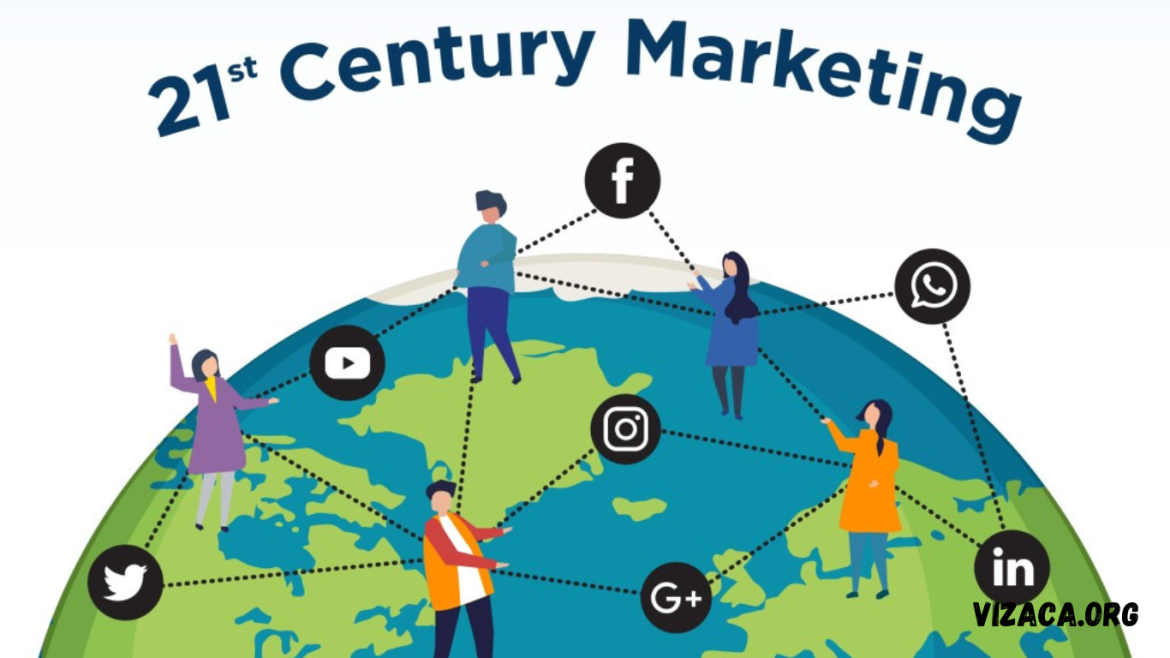Without advertising, companies can’t survive. The nature of entrepreneurial success requires a continual influx of sales, whether from new or existing customers. Your marketing strategy is the basis of this because it engages audiences and encourages them to pick your company over your rivals.
For years, the foundations remained the same, yet the dawn of technological advancements means modern marketing is no longer recognizable to many people.
Entrepreneurs who don’t adapt to the times will fail, which is something you must avoid at all costs. To do it, it’s essential to understand how the advertising industry has altered. That way, you can create an effective plan centered on the latest techniques.
Going Social
One of the biggest changes is that businesses now focus on social interactions.
Previously, marketing was formal to the point of being clinical. Ads highlighted the product or service and told you to buy it. Simple. Now, brands go the extra mile to ensure the user experience covers every base and customer happiness is put above everything else.
Twitter, Facebook and Instagram make it easy to tweet or post information and respond to replies much faster. Plus, there’s no need to be formal. Social media channels let you highlight the company’s personality.
The fact that more than half of the world’s population has an account showcases the platform’s power, not only in reaching audiences but in adding value to the experience.
Digital Presence
Social media is part of a wider community – digital marketing. Digital marketing takes several forms, which explains why it has transitioned into an advertising behemoth in the last decade. For example, 68% of internet journeys begin with a search engine, usually Google.
Search engines are the gateways to the internet, and once consumers have their feet in the door, they are happy to browse a variety of channels, hence why nearly every business has a website in the 21st century. Today, sites and blogs open avenues for marketing platforms that never existed before, such as affiliate advertising. Of course, the web is also necessary to send email blasts, make calls, and even send text messages.
Make It Personal
Since connecting with customers is easier than ever, personalization has become integral to the journey. With more businesses adapting their approaches to personalize their content, shoppers have become entitled. Brands that don’t do it don’t stand a chance of engaging potential leads.
Personalization varies depending on the platform. For example, an email may contain the recipient’s name, even if it’s a general blast. Alternatively, the message may change over time to adapt to the person’s needs. The best performance marketing platform, however, should acquire customers through capitalizing on their intent by suggesting your website through search engine autocompletes or quick-click tiles. Whichever method you use, remember that organizations earned an average of £31 for every £0.75 they spent in 2019.
Specify
In many ways, marketing was quite generic for decades. The ads focused on specific products and services, yet the targets were vague. The audiences included women because they spent more time at home, for example. Nowadays, this lack of specificity will kill your campaign.
Advertising centers on niche groups and products as it’s easy to reach them. Of course, they are already interested since they have been targeted purposely. To grasp the change, consider Instagram influencers and how they promote beauty products from brands you’ve never heard of before.
Advertising has evolved considerably in the last century. The evolutions won’t end anytime soon, either, so it’s important to keep your finger on the pulse of the latest developments to avoid being left behind.

